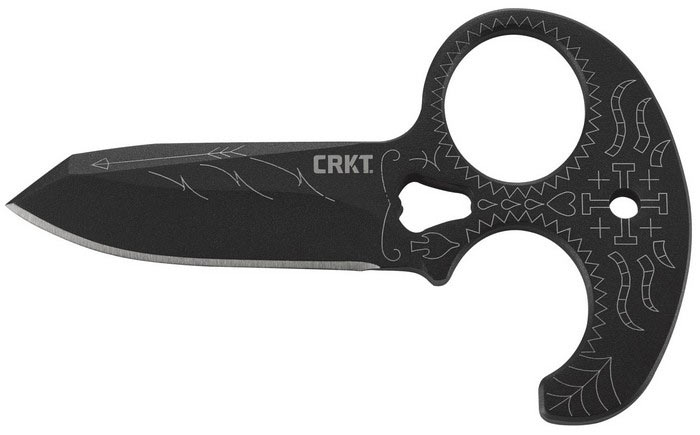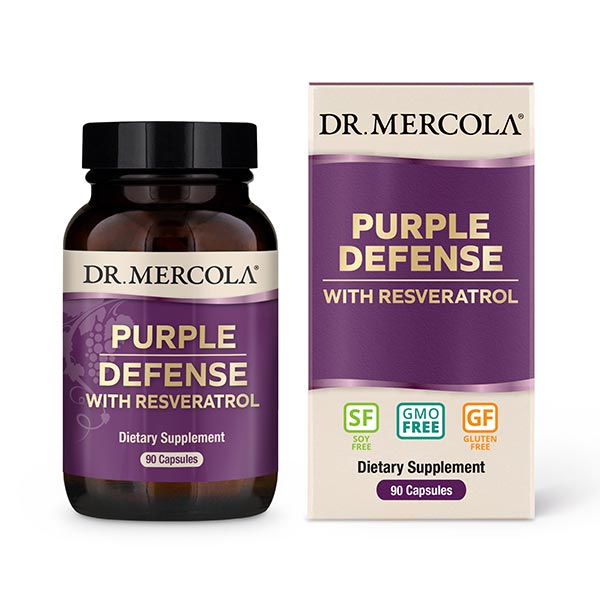
Cardio kickboxing has many benefits. There are many benefits to cardio kickboxing, including improved energy, reduced weight, and better posture. Additionally, you will experience greater speed and flexibility. Read on to discover more. Getting started is a great way to experience the many benefits of kickboxing. However, it is important to talk with your doctor before you begin. You should aim to do one-hour sessions three days a week. It will soon be apparent that it can deliver the results you desire.
Higher energy levels
There are many health benefits to cardio kickboxing training, including an increase in energy. Anaerobic glycolysis is a process where fat is burned for energy. Kickboxing training stimulates this process. ACSM guidelines recommend that kickboxing training consumes 300 kcal each day. However, this is still a significant increase compared to non-kickboxing workouts.
Weight loss
Cardio kickboxing offers a way to lose weight and is a good option. The cardio kickboxing workout stimulates metabolism which leads to weight loss. The moderate-to-high intensity workout improves mobility and flexibility. Kickboxing can help you lose weight and improve your self defense skills. Here are some of these reasons why you should try it:

Improved flexibility
After a 5-week course of cardio kickboxing, athletes and non-athletes showed significant improvements in aerobic power, muscle strength, speed, agility, and flexibility. While the results were comparable, the kickboxing group showed more flexibility. Training resulted in improved agility, speed, balance, and coordination. It also helped to improve balance and joint stiffness. It also improved athletic performance such as agility jumps and joint stiffness.
Speed improvements
Cardio kickboxing can bring you faster sprint times and higher peak power. Studies show that kickboxing training increases muscle power and speed. This article will highlight the most important aspects about cardio kickboxing. This is the first. Important to remember is that faster speeds do not mean you have more power. The latter refers both to better acceleration and lower-body power.
Improved agility
Cardio kickboxing has the added benefit of improving agility. A study published in the Journal of Strength & Conditioning Research found that participants who regularly practiced agility drills exhibited increased speed and cognitive functions. Their reflexes were also improved, which increases their fitness. The researchers concluded that exercise with kickboxing could improve agility, which could give an edge in competitive sports. However, these results didn't support the claim that cardio kickboxing enhances overall fitness.

Lower risk of injury
Cardio kickboxing is a high-intensity, cardiovascular workout. The workout is mostly about speed and complex movements but it also has bodybuilding benefits. Research has shown that regular cardio training can lead to better health and longer lives. Additionally, increased physical endurance improves your ability to perform daily activities. Those benefits are particularly impressive if you are prone to injury, but it's important to note that no cardio exercise is as effective as a kickboxing class.
FAQ
What is a good schedule for a 7-day work out?
A seven day exercise program should include cardiovascular training (running or biking), strength exercises (using freeweights, weight machines) and one flexibility/core workout. Each activity should be done at least once per week. Each session should last no more than 45 minutes.
Cardiovascular Exercise: Running/Biking/Swimming
You should aim to get at least 60 mins of cardio exercise per week. You can aim for 75 minutes a week for best results. Cardio exercises can help improve blood flow and stimulate muscle growth.
Strength Training
Cardio exercises work on the heart and lungs. Strength training works on the muscles and bones. Strength training builds lean muscle mass, which helps burn calories even when resting.
Flexibility and Core Workouts
Flexibility and core workouts are great ways to strengthen your entire body. Both yoga or Pilates are great options.
Are Cardio exercises good or bad for your health?
Cardiovascular exercise has many benefits. It improves blood circulation, strengthens your heart muscle, increases stamina, helps you lose weight, and gives you energy.
Cardiovascular exercise includes running, biking, hiking, swimming, tennis, basketball, soccer, volleyball, football, etc.
It is important to remember that cardio exercises should not be performed at high-intensity levels. Doing this could lead to injury.
You should only perform the cardiovascular exercise if you are feeling well.
You should never push yourself beyond your limits. In this way, you may injure or even kill yourself.
It is important to warm up before you begin any cardiovascular exercise. You can then gradually increase your intensity.
You must always listen to what your body is telling you. If you feel pain when doing cardiovascular exercise, you should immediately stop.
After a cardio workout, it is a good idea to take a break. This allows your muscles time to recover.
Cardiovascular exercise is essential for losing weight.
It is the best method to lose calories and reduce belly weight.
What's the Best Way to Lose Weight?
It can be difficult to lose weight. Many people give up because they don’t know what else to do.
However, there are some simple steps that you can take to shed those extra pounds.
First, ensure you eat fewer calories that you burn. If you consume more calories than what you burn, you will gain weight.
You should also exercise regularly in order to lose all those calories. You have many options, including walking, biking, dancing and jogging.
Third, you must stop smoking cigarettes and drinking alcohol. These habits will cause you more calories than normal.
Fourth, it is important to reduce the consumption of junk food and fatty foods. These can be replaced with healthier options like fruits, vegetables and whole grains.
Fifth, you should change your lifestyle to adopt new habits. For example, you may need to get up early every morning to exercise before work.
Sixth: You must be disciplined, and you must follow your diet plan.
Lastly, you can join a gym or attend an aerobics class to burn those excess calories.
You will quickly notice the difference by following these simple tips.
Statistics
- According to the American Academy of Dermatology (AAD), men over 50 are at a heightened risk of developing it. (healthline.com)
- By John Thompson Take a whopping 38% off a set of PowerBlock Pros. (menshealth.com)
- The PRS enabled risk stratification for overall prostate cancer and lethal disease with a four-fold difference between men in the highest and lowest quartiles (HR, 4.32; 95% confidence interval [CI], 3.16-5.89). (pubmed.ncbi.nlm.nih.gov)
- Are You One of the 20% of Guys (mh.co.za)
- 10 pounds in a month is likely during a lean bulking phase, especially for beginners. (muscleandstrength.com)
External Links
How To
What should I eat before a workout?
Losing weight requires you to consume fewer calories than what you burn in exercise. You should also consume all nutrients.
This includes protein and carbohydrates as well as fats, vitamins, and minerals.
You can do this by eating smaller meals throughout your day instead of three large ones.
If you are too hungry when working out, you might not perform as well as if you had appropriately eaten beforehand.
Consider drinking water rather than sugary energy drinks. This keeps you hydrated and energized.
You should ensure that you get enough fluids. Drinking too much water could dilute the electrolytes in your system.
For proper functioning of your body, electrolytes are necessary.
You could also drink sports drinks if water is scarce. They are rich in sodium, potassium, calcium and magnesium as well as other minerals.
This will replenish your electrolytes. However, these won't replace any electrolytes that you might have lost from sweating.
Multivitamins can help you avoid salt loss from exercise if you are worried.
These have extra vitamin B6 that helps regulate sodium levels in your body.
If you don't know the salt content of your foods and beverages, supplements shouldn't be relied upon.
They are not subject to regulation by the Food and Drug Administration.
Sports drinks, for example, can have higher sodium levels than others.
Some sports drinks might contain artificial sweeteners, preservatives, or both. These ingredients could cause digestive problems.
If you are concerned about over-salting, you can use sea salt.
It contains fewer chemicals then table salt.
Sea salt also has low levels of iodine which is another mineral that is essential for healthy thyroid function.